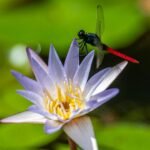How to Create a Bee and Butterfly-Friendly Garden

How to Create a Bee and Butterfly-Friendly Garden
Creating a bee and butterfly-friendly garden is not only a delightful way to enhance your outdoor space, but it also plays a crucial role in supporting local ecosystems and biodiversity. This guide is tailored for middle-aged individuals aged 40-55 in the United States, offering practical tips and insights to transform your garden into a vibrant haven for these vital pollinators.
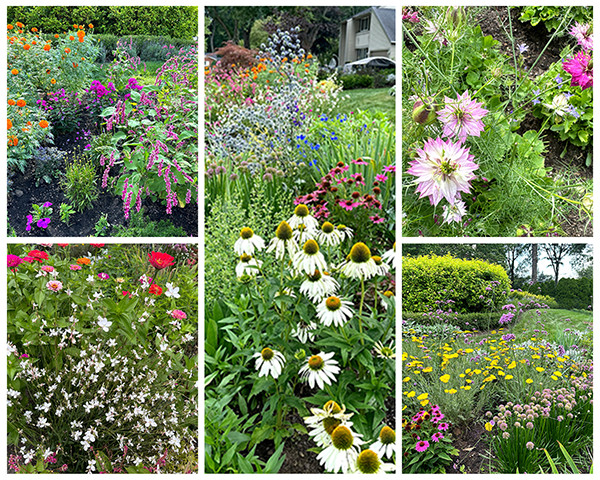
Introduction
Pollinators like bees and butterflies are essential for maintaining healthy ecosystems and ensuring productive harvests. However, their populations have been declining due to habitat loss and other environmental factors. By creating a pollinator-friendly garden, you contribute to their survival while enjoying the beauty and tranquility of nature in your backyard.
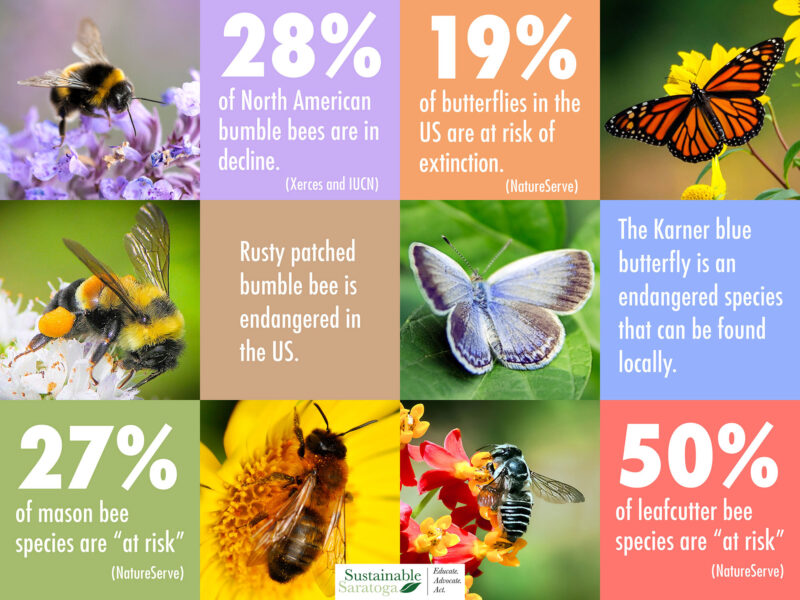
Why Create a Pollinator Garden?
-
Supports Biodiversity: Pollinator gardens help maintain local biodiversity by providing habitats for various species of bees, butterflies, and other beneficial insects.
-
Enhances Garden Productivity: Pollinators are crucial for the reproduction of many plants, including fruits and vegetables. By attracting them, you can improve the yield of your garden.
-
Promotes Ecosystem Health: These gardens contribute to the overall health of urban and rural ecosystems by supporting a wide range of wildlife.
-
Aesthetic Appeal: A pollinator garden is visually appealing, with a variety of colorful flowers and the lively presence of bees and butterflies.
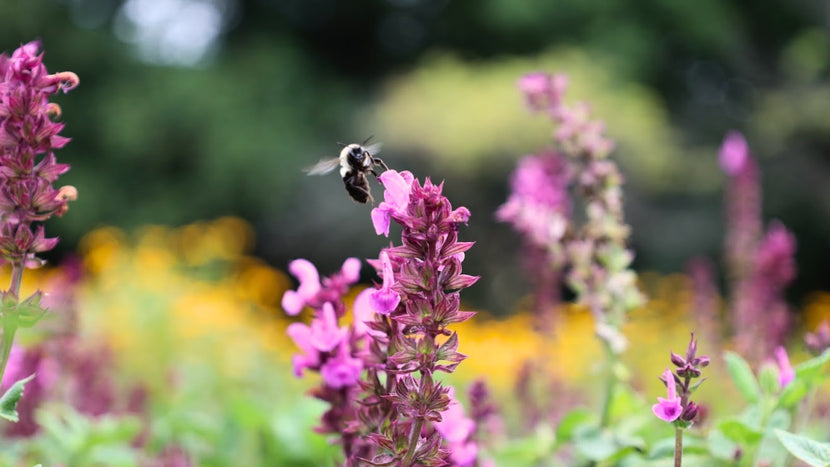
Key Elements of a Pollinator Garden
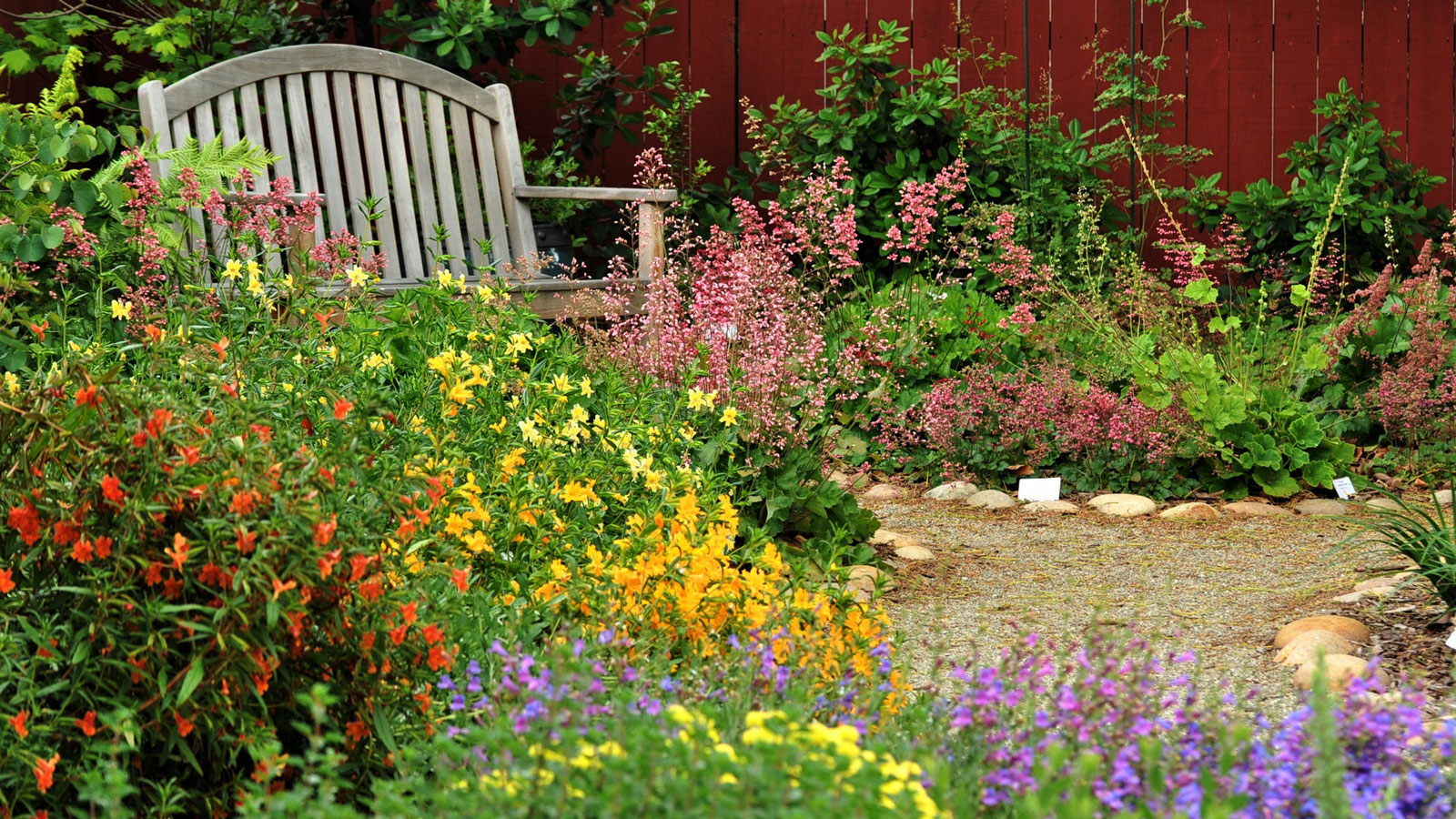
1. Native Plants
Native plants are the backbone of any pollinator garden. They have evolved alongside local pollinators and provide the necessary nectar, pollen, and host plants for caterpillars.
-
Why Native Plants?: Native plants are more likely to attract native pollinators because they have co-evolved over time. They offer the right nutrients and shelter for local species.
-
Examples of Native Plants:
-
Perennials: Milkweed, coneflower, black-eyed Susan, and lavender.
-
Trees and Shrubs: Maple, crabapple, and serviceberry.
-
Herbs: Basil, borage, and oregano.
-

2. Diverse Plant Selection
Ensure that your garden has a variety of plants that bloom at different times throughout the growing season. This provides a continuous source of nectar and pollen for pollinators.
-
Early Spring Bloomers: Crocus, daffodil, and early-blooming maples.
-
Summer Bloomers: Zinnias, cosmos, and sunflowers.
-
Fall Bloomers: Asters, sedums, and goldenrod.

3. Water Source
Pollinators need water for drinking and cooling their bodies. A shallow water source like a birdbath with rocks or a small pond is ideal.
-
Tips for Water Features:
-
Change the water frequently to prevent mosquito breeding.
-
Add rocks or twigs for landing sites.
-
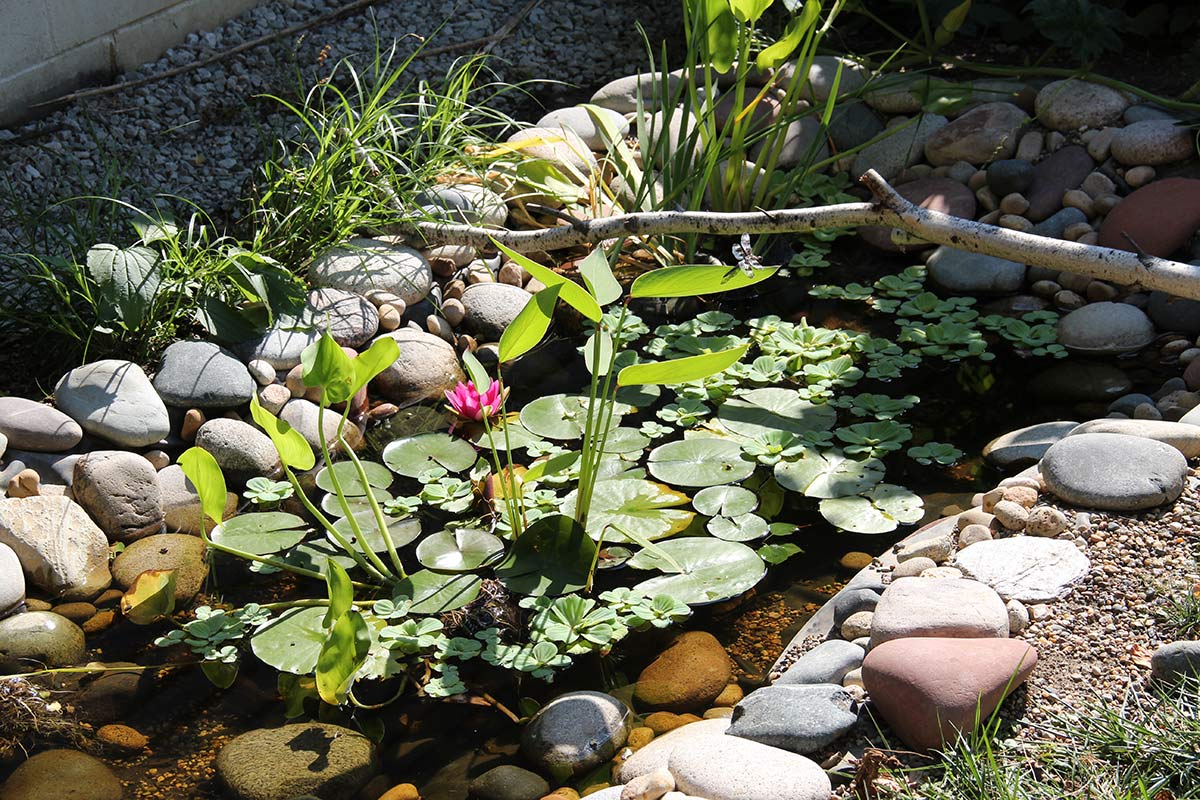
4. Sunlight and Shelter
Most pollinator plants prefer sunny spots, so ensure your garden receives at least six hours of direct sunlight per day. Include larger plants or shrubs to provide shelter from wind and predators.
-
Shelter Options: Native shrubs, trees, or even a small fence can serve as shelter.

5. Avoid Pesticides
Pesticides can harm or kill pollinators. Instead, adopt organic gardening practices to maintain a healthy ecosystem.
-
Organic Pest Control: Use natural methods like attracting beneficial insects or hand-picking pests.

Creating Your Pollinator Garden
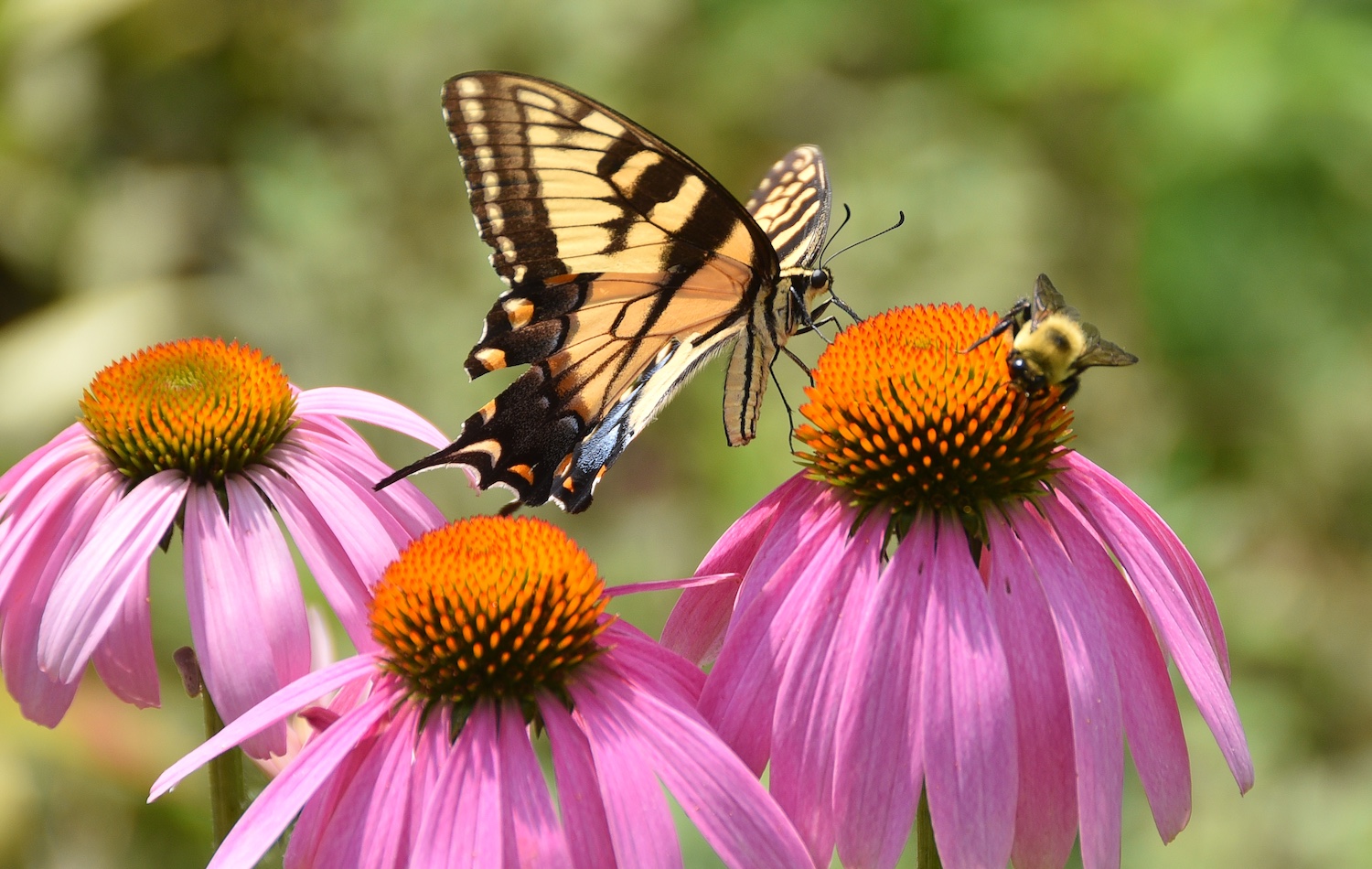
Step 1: Plan Your Garden
-
Assess Your Space: Determine how much sunlight your garden receives and the type of soil you have.
-
Choose Plants: Select a mix of native plants that bloom at different times.
-
Consider Maintenance: Choose plants that fit your maintenance schedule.
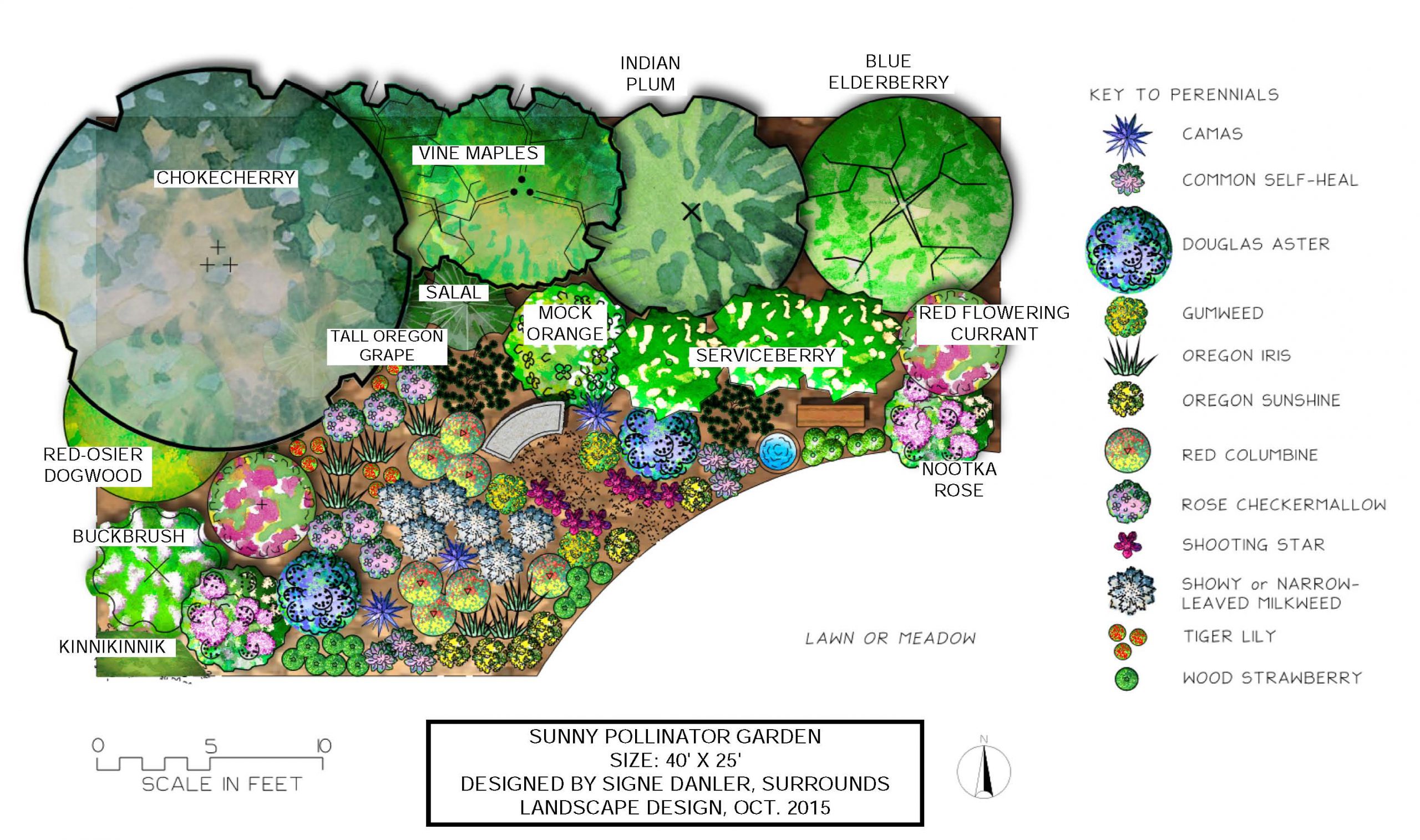
Step 2: Prepare the Soil
-
Use Well-Drained Soil: Pollinator plants thrive in well-drained, fertile soil enriched with organic compost.
-
Avoid Peat-Based Compost: Opt for peat-free alternatives to protect peat bogs.

Step 3: Plant in Clumps
Planting in large clumps makes it easier for pollinators to find and access flowers.
-
Clump Size: Aim for clumps at least 1 meter in diameter.
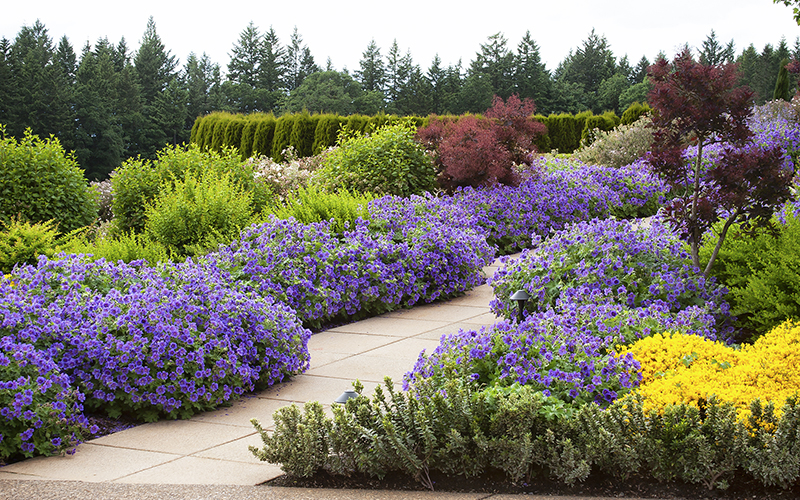
Step 4: Provide Nesting Sites
Many native bees nest in the ground or in vegetation. Leave some areas of your garden unmulched and provide hollow reeds or bamboo for nesting sites.
-
Nesting Tips: Avoid disturbing potential nesting sites during maintenance.
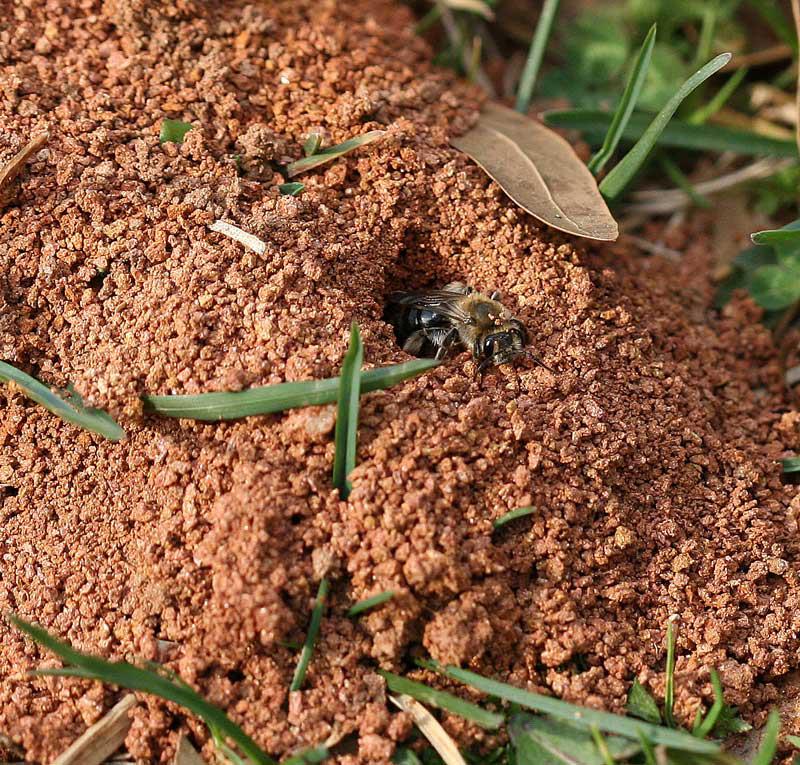
Maintaining Your Pollinator Garden
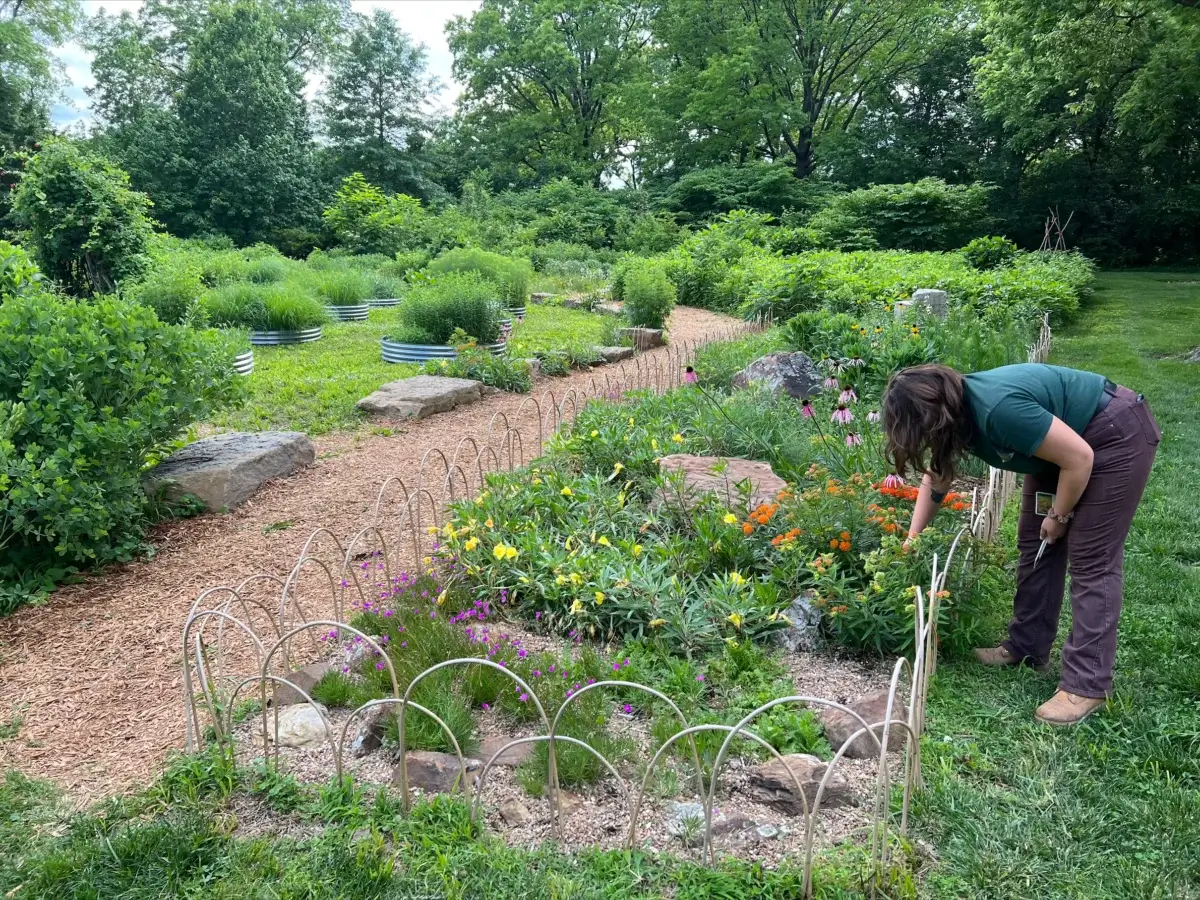
Seasonal Maintenance
-
Spring:
-
Plant new species.
-
Divide and replant perennials that have outgrown their space.
-
Add a fresh layer of mulch or compost.
-
-
Summer:
-
Monitor for pests and diseases.
-
Water regularly during dry periods.
-
Prune plants to promote air circulation.
-
-
Fall:
-
Leave dead plant material to provide winter habitat.
-
Prepare new beds for spring planting.
-
-
Winter:
-
Trim native hedges carefully to maintain habitat.
-
Check equipment and repair as necessary.
-
:strip_icc()/mother-son-garden-8ea0c47b-4c4e34c3ce5c472a94fbfbc08191f7dd.jpg)
Engaging with Your Garden
Creating a pollinator garden is not just about planting; it’s also about enjoying the beauty and life it brings to your outdoor space.
-
Observe and Learn: Spend time observing the different species that visit your garden.
-
Share Your Experience: Invite friends and family to enjoy the garden and share your knowledge.

Conclusion
Transforming your garden into a bee and butterfly-friendly haven is a rewarding experience that supports local ecosystems while enhancing your outdoor living space. By following these practical tips and maintaining a diverse and welcoming garden, you contribute to the health of our planet and enjoy the vibrant beauty of nature right in your backyard.

Additional Resources
-
Native Plant Databases: Use resources like the Audubon Native Plant Database or Homegrown National Park to find native plants suitable for your region.
-
Pollinator Garden Certification: Consider certifying your garden with the National Wildlife Federation to support pollinator conservation efforts.
-
Local Gardening Groups: Join local gardening clubs or online forums to share experiences and learn from others in your community.

Call to Action
Start your pollinator garden today and join the movement to protect these vital creatures. Share your experiences and tips with friends and family, and encourage others to create their own pollinator-friendly spaces. Together, we can make a difference in supporting biodiversity and ensuring a healthier environment for future generations.








